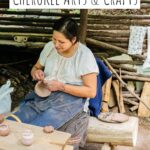A Brief History of Woodworking in Germany
Woodworking in Germany has a rich history that spans centuries, intertwining craftsmanship, cultural significance, and innovation. This article provides a glimpse into the captivating world of German woodworking, tracing its roots, exploring its cultural importance, and highlighting the renowned symbol of German craftsmanship—the cuckoo clock.

Where did woodworking in Germany originate?
The roots of woodworking in Germany can be traced back to ancient times, where the early Germanic tribes developed a deep connection with the forests that covered the region. Wood became an essential resource for shelter, tools, and artistic expression. Skilled craftsmen honed their woodworking techniques, passing down their knowledge from generation to generation.
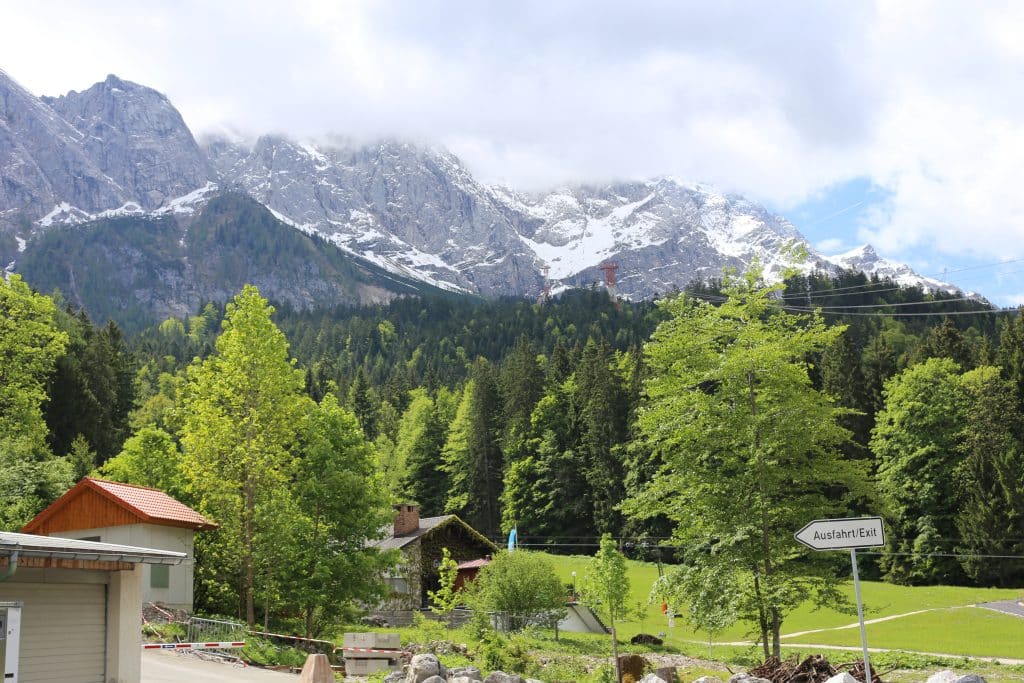
During the medieval and Renaissance periods, woodworking in Germany flourished. Skilled craftsmen formed guilds and established workshops, specializing in intricate woodcarvings, furniture, and decorative objects. Elaborate religious sculptures, altarpieces, and choir stalls became iconic symbols of German craftsmanship, showcasing meticulous attention to detail and artistic expression.
What is the cultural significance of woodworking in Germany?
Woodworking holds deep cultural significance in Germany, embodying the country’s traditions, values, and connection to nature. The craftsmanship and dedication demonstrated by German woodworkers have become a source of national pride. Woodworking traditions continue to be preserved and celebrated, with festivals, museums, and workshops dedicated to showcasing the rich heritage of this art form.
The Rise of the Cuckoo Clock:
One particular icon of German woodworking that has captured the imagination of people worldwide is the cuckoo clock. Originating in the Black Forest region during the 17th century, these mechanical clocks quickly gained popularity. The cuckoo clock’s intricate woodcarvings and the charming bird’s call became synonymous with German craftsmanship.

Black Forest Tradition:
The Black Forest region, known for its dense woodlands and skilled artisans, played a significant role in the development of cuckoo clocks. The clocks’ intricate designs often featured traditional motifs, such as wildlife, forest scenes, and folklore characters. The precise mechanisms, coupled with meticulously crafted wooden casings, transformed cuckoo clocks into highly sought-after timepieces.
With the advent of the Industrial Revolution, woodworking in Germany underwent a significant transformation. Mass production techniques allowed cuckoo clocks and other wooden products to be manufactured more efficiently. However, despite industrialization, German craftsmen preserved their commitment to quality and continued to produce exquisite handcrafted pieces alongside the factory-made ones.
Today, cuckoo clocks have become more than just timekeeping devices; they are cherished symbols of German culture and craftsmanship. Tourists and collectors flock to Germany to acquire these enchanting clocks, appreciating the blend of tradition and innovation they represent. Cuckoo clocks have become souvenirs that encapsulate the essence of German woodworking heritage.
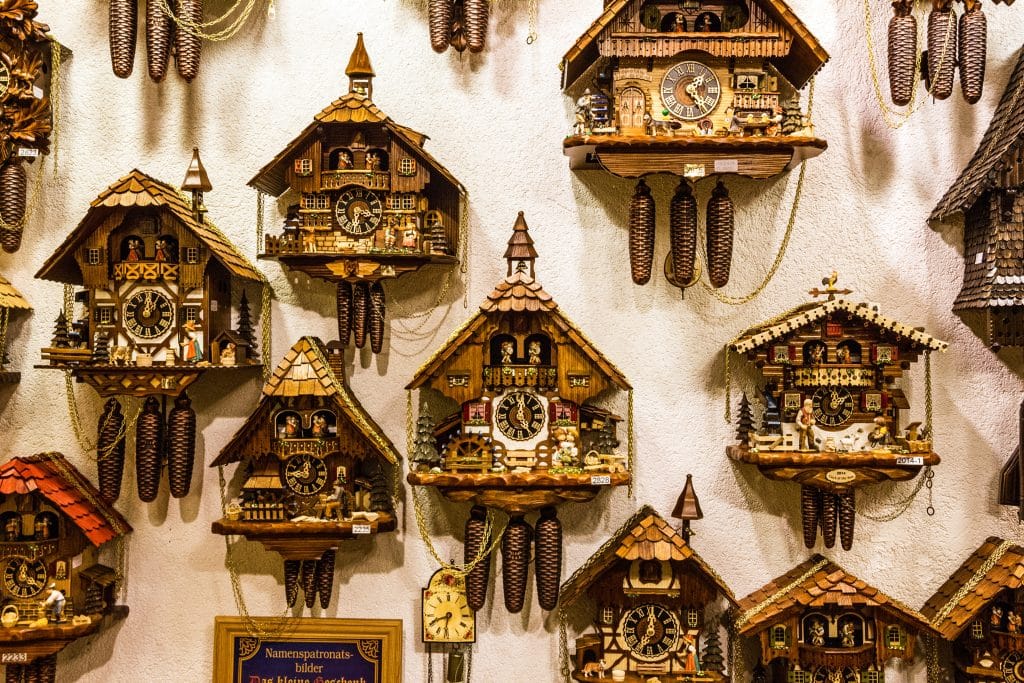
Woodworking in Germany has played an integral role in the country’s history, culture, and national identity. From the ancient Germanic tribes to the modern-day fascination with cuckoo clocks, German craftsmanship has left an indelible mark on the world of woodworking. The meticulous attention to detail, dedication to quality, and preservation of traditional techniques continue to make German woodworking a revered art form. The cuckoo clock stands as a timeless testament to this rich heritage, captivating people worldwide with its mechanical intricacies and enchanting melodies.
Where are some places I can experience Black Forest woodworking and cuckoo clocks in person?
If you’re interested in experiencing Black Forest woodworking and discovering the charm of cuckoo clocks firsthand, there are several places in Germany where you can immerse yourself in this rich craft tradition. Here are some notable locations:
Triberg: Triberg, located in the heart of the Black Forest, is renowned for its cuckoo clock industry. The town is home to the world’s largest cuckoo clock and features numerous clock shops and workshops where you can witness craftsmen creating intricate timepieces.
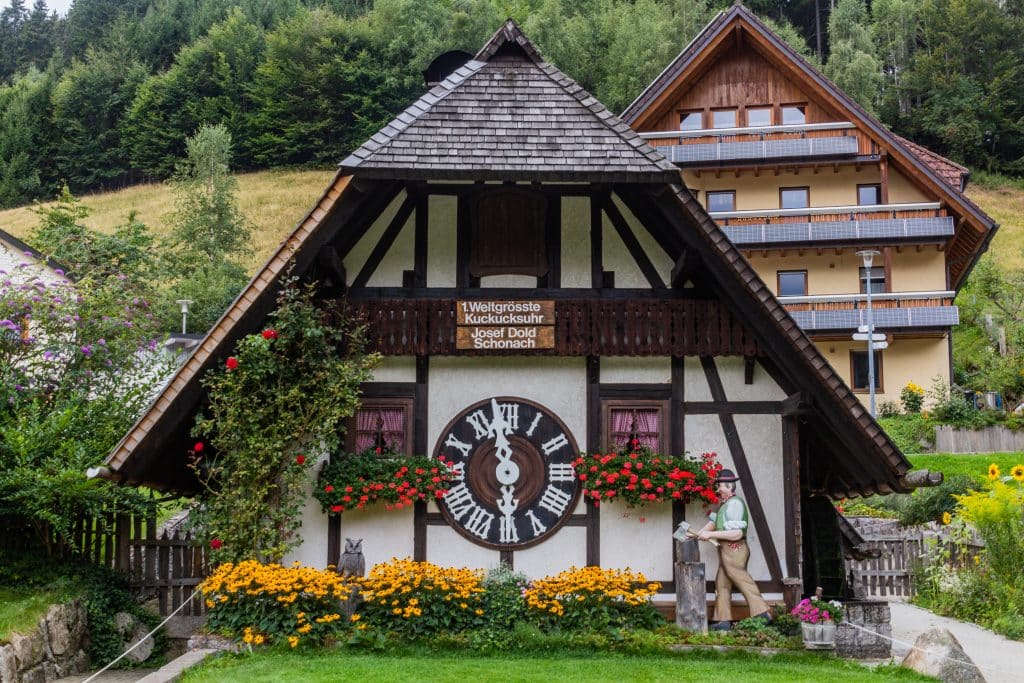
Furtwangen: Furtwangen is another town in the Black Forest region that has a deep connection to clockmaking. The German Clock Museum in Furtwangen is an excellent destination to explore the history of clockmaking in the Black Forest and discover a wide range of timepieces, including cuckoo clocks.
Gutach: Gutach is a picturesque village in the Black Forest known for its open-air museum, Vogtsbauernhof. Here, you can experience the traditional rural life of the Black Forest and explore historic farmhouses that showcase traditional woodworking techniques and craftsmanship.
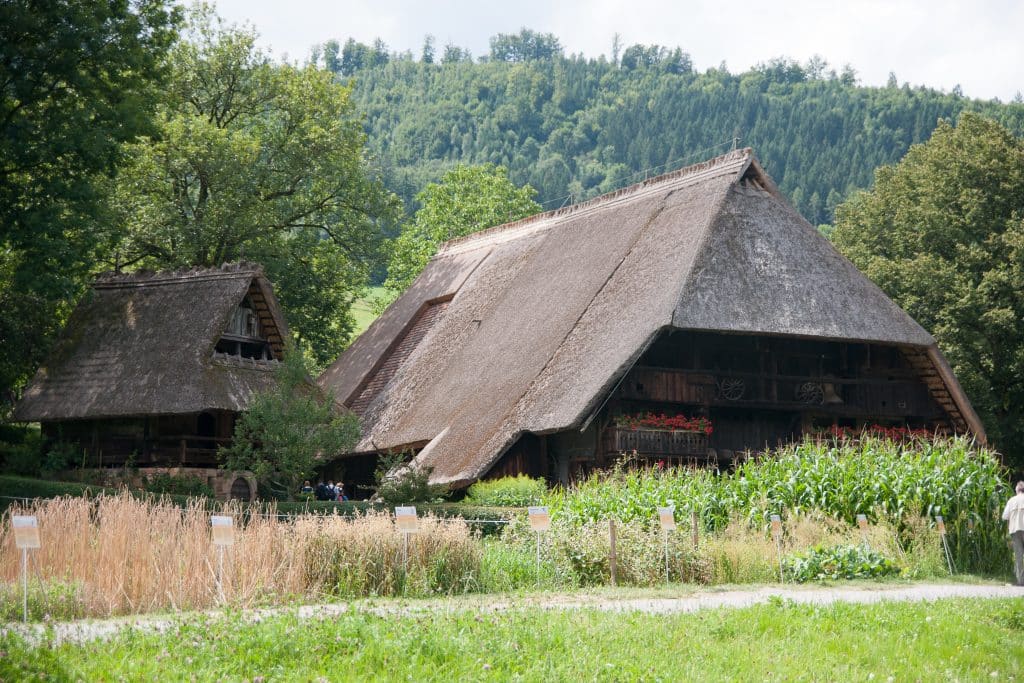
Schonach: Schonach is home to the House of 1000 Clocks, a clock museum that exhibits an extensive collection of clocks, including cuckoo clocks. You can learn about the history of clockmaking and witness the craftsmanship behind these iconic timepieces.
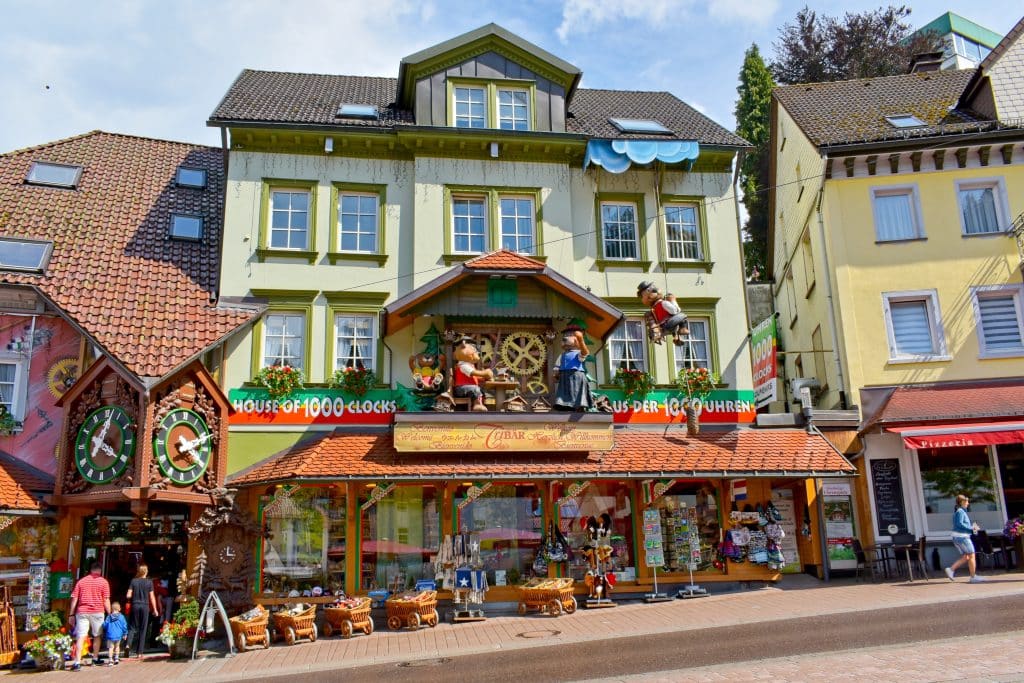
Titisee-Neustadt: Located on the shores of Lake Titisee, Titisee-Neustadt offers a charming setting to explore Black Forest woodworking. The town features numerous shops and workshops where you can find handmade cuckoo clocks and other wooden crafts.
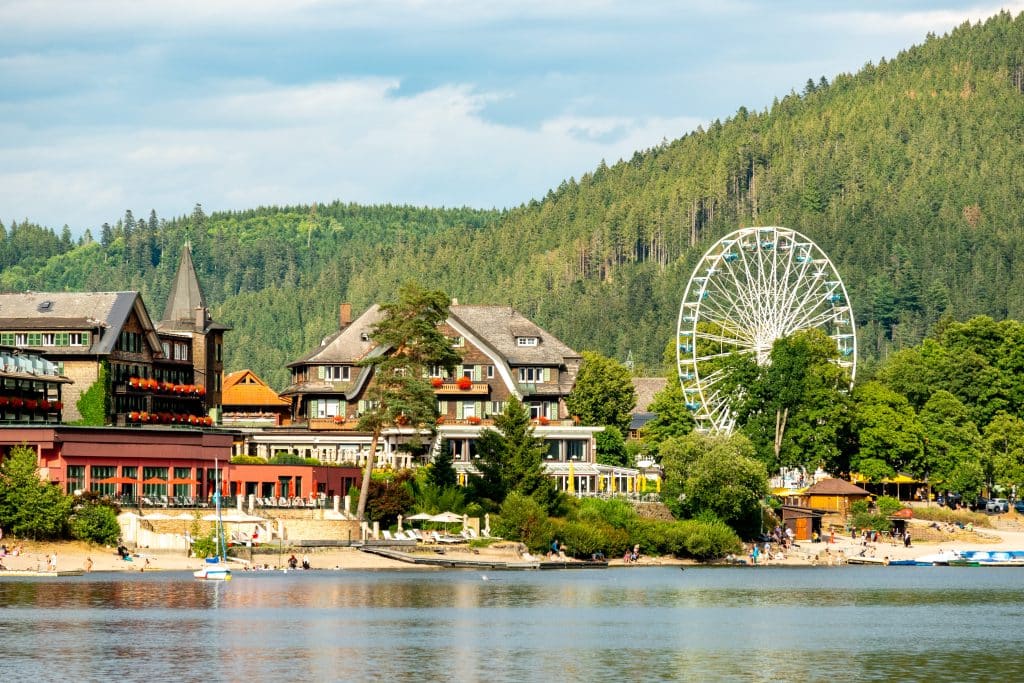
Wolfach: Wolfach is a town in the Black Forest that has a strong woodworking tradition. The Dorotheenhütte Glassworks and Woodcarving Museum in Wolfach showcases traditional woodworking techniques, including the art of carving cuckoo clocks.
Gengenbach: Gengenbach is known for its picturesque old town, and it also offers opportunities to explore woodworking and cuckoo clocks. The Clock and Watch Museum in Gengenbach displays a diverse collection of clocks and watches, including intricate cuckoo clocks.

These destinations provide a blend of historical context, cultural immersion, and the chance to witness skilled artisans crafting cuckoo clocks and other wooden masterpieces. Immerse yourself in the world of Black Forest woodworking by visiting these locations and gaining a deeper appreciation for this captivating craft!






